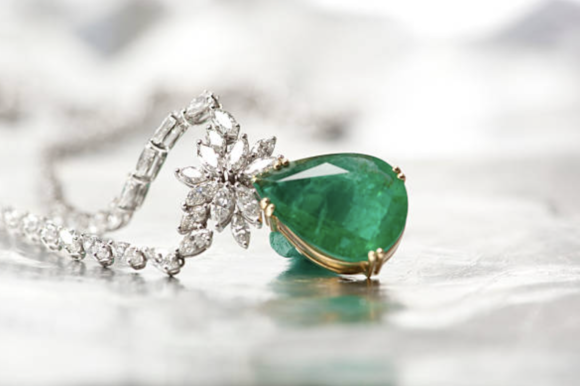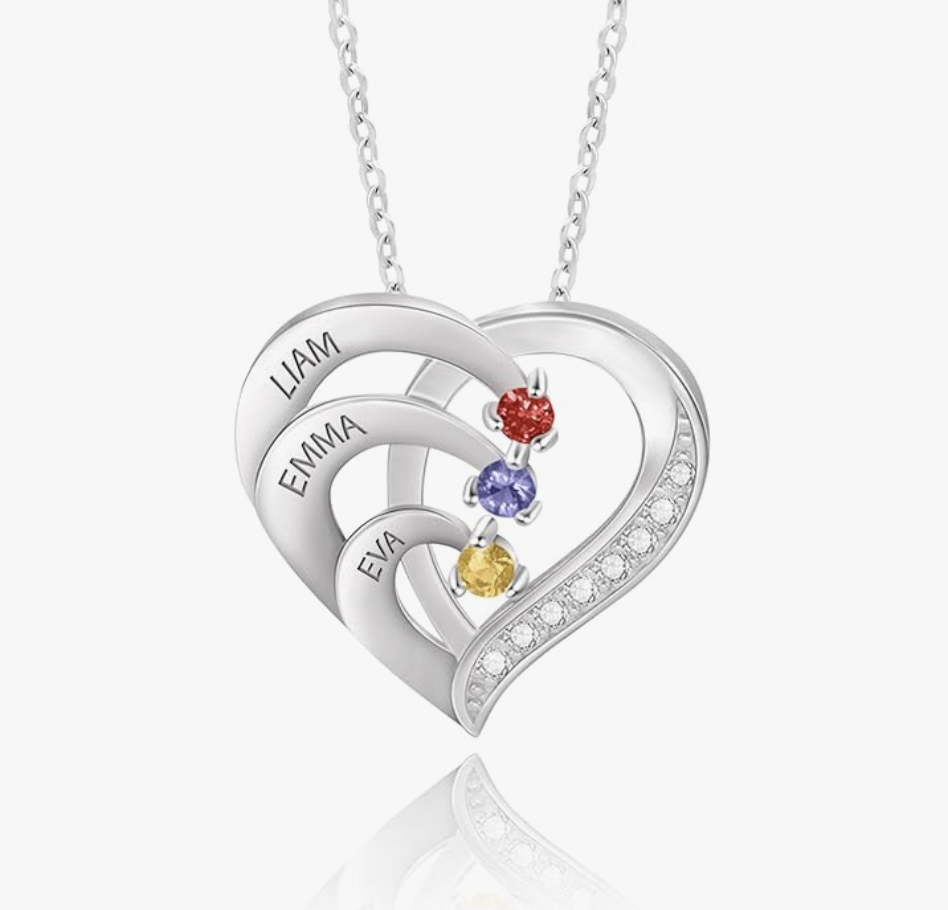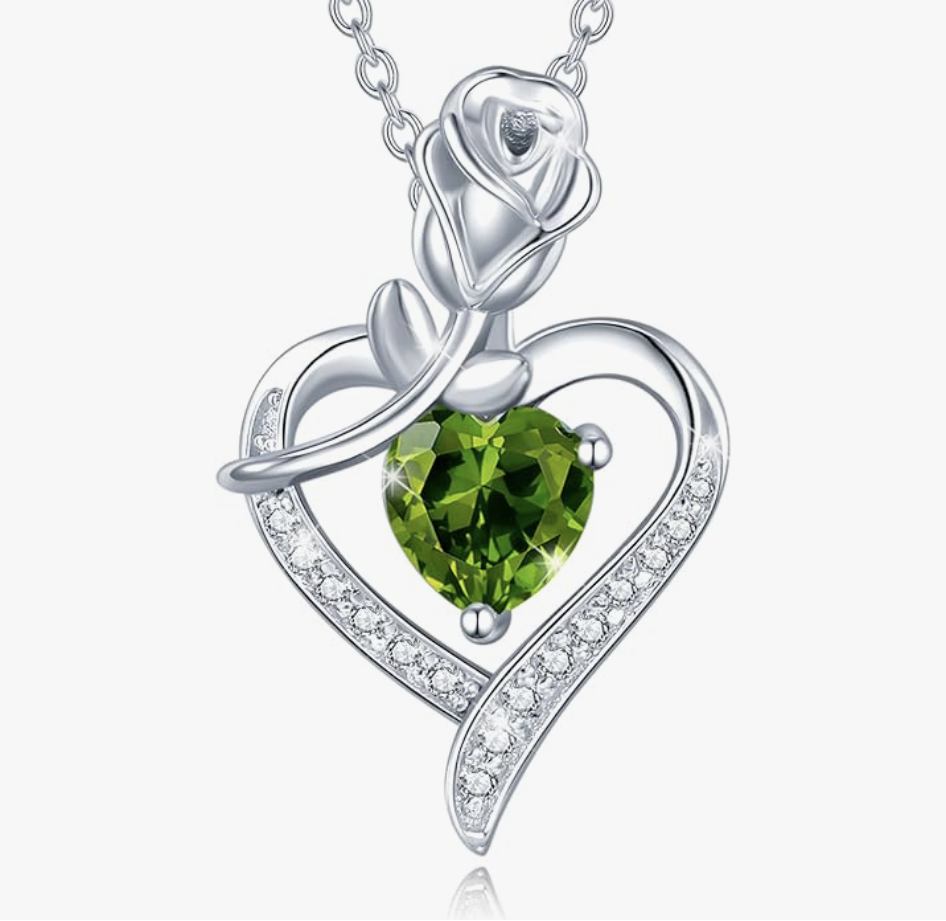In the realm of jewelry, few pieces carry the timeless elegance and personal significance of the pendant necklace. From delicate chains adorned with intricate charms to bold statements featuring dazzling gemstones, pendant necklaces have adorned necklines for centuries, captivating wearers with their beauty and symbolism. In this post, we delve into the essence of pendant necklaces, unraveling what they are, what they represent, and the intriguing origins behind their name.
What is a Pendant Necklace?
At its core, a pendant necklace is a type of jewelry that features a decorative ornament, known as a pendant, suspended from a chain or cord worn around the neck. Pendants come in a myriad of shapes, sizes, and designs, ranging from simple geometric shapes to elaborate symbols and motifs. They may be crafted from various materials, including precious metals like gold and silver, gemstones, crystals, glass, wood, and more, offering endless possibilities for personal expression and style.
What Does a Pendant Necklace Represent?
Pendant necklaces hold significant meaning for wearers, often serving as expressions of personal identity, beliefs, or emotions. The symbolism of a pendant can vary widely depending on its design and the cultural context in which it is worn. For example:
- Religious and Spiritual Significance: Many pendant necklaces feature religious symbols such as crosses, crucifixes, or the Om symbol, representing faith, spirituality, and devotion.
- Sentimental Value: Pendants adorned with initials, birthstones, or meaningful charms hold sentimental value, serving as cherished reminders of loved ones, special moments, or milestones.
- Protection and Luck: Some pendants, such as the evil eye, hamsa hand, or four-leaf clover, are believed to offer protection from harm and attract good fortune.
- Fashion and Style: Beyond their symbolic meanings, pendant necklaces are also prized for their aesthetic appeal, allowing wearers to make fashion statements and express their individuality through unique designs and trends.
Ultimately, the significance of a pendant necklace lies in the personal connection forged between the wearer and the pendant, imbuing the piece with profound meaning and significance.
Why is it Called a Pendant?
The term “pendant” traces its origins to the Latin word “pendere,” meaning “to hang down.” In the context of jewelry, a pendant is so named because it hangs down from the chain or cord worn around the neck, drawing attention to the adornment and accentuating the neckline. The term has been used for centuries to describe decorative ornaments suspended from various accessories, including necklaces, bracelets, and earrings.
In summary, pendant necklaces are not merely accessories but expressions of identity, beliefs, and emotions, imbued with profound symbolism and personal significance. Whether chosen for their religious, sentimental, or aesthetic value, these timeless adornments continue to enchant wearers with their elegance and allure, making them cherished treasures for generations to come.






